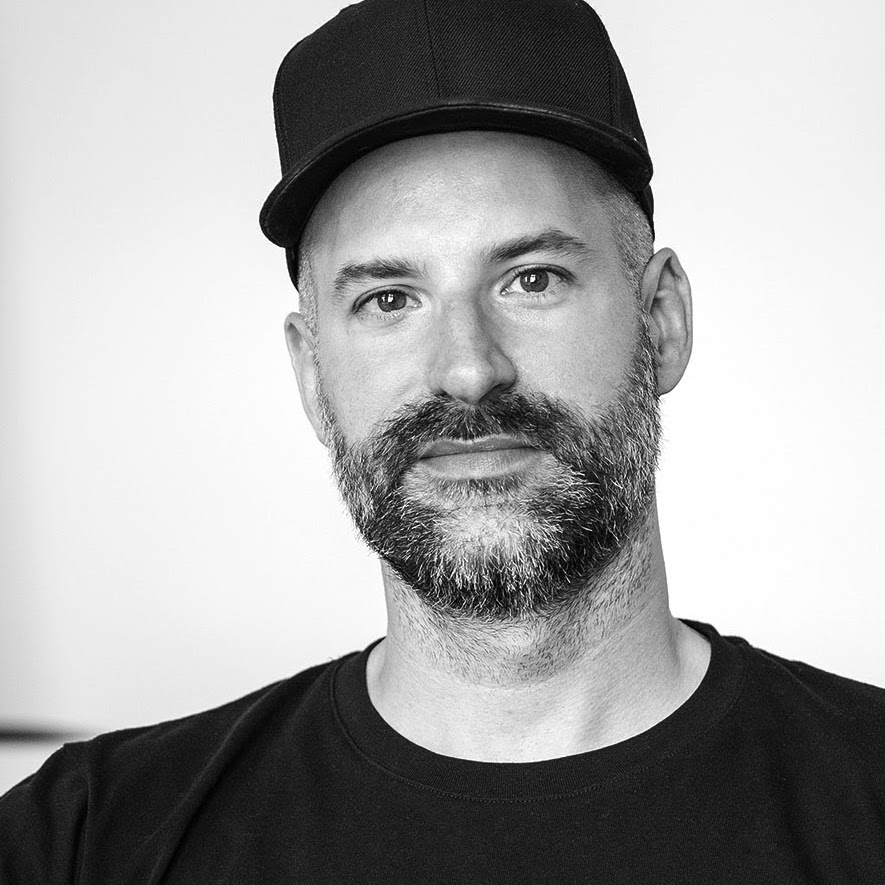Key Takeaways
Effective leadership of hybrid teams hinges on establishing clear roles and responsibilities to combat common challenges like employee isolation and communication gaps.
Teams with high role clarity can see performance improvements of up to 25 percent and are significantly more engaged.
Integrating AI agents as defined team members can automate routine tasks, freeing up human employees for more strategic and creative work.
The old nine-to-five is a song of the past. Today, you're leading a complex remix of in-office and remote talent, and the old rules just don't work. For Team Architects-the leaders actively shaping modern organizations-the challenge is clear: How do you cut through the static of overload and change fatigue? The key is transforming confusion into clarity. This article provides a clear path to architecting resilient, high-performing hybrid teams where everyone knows their part. We'll explore the frameworks that turn ambiguity into action, making your team the hero of its own success story.
The Great Hybrid Mismatch: Facing the New Reality
Leading hybrid teams often feels like a battle against unseen forces. A staggering 54 percent of leaders fear that team identification will decline in this new setup. This isn't just a feeling; it's a structural problem demanding a new approach to organizational development. The former ways of working are simply not enough. In fact, 75 percent of European organizations plan to reassess their hybrid model within the next year. Many leaders overlook that 65 percent of employees believe conflicts are more likely to be ignored in a hybrid setting. This quiet friction erodes trust and slows down your hybrid team structures. The challenge isn't about location; it's about connection and clarity, which requires a fresh playbook.
From Confusion to Flow: Defining Roles and Responsibilities
Clarity is the antidote to chaos. When employees have clear roles, their performance can improve by up to 25 percent. This is where Team Architects become heroes, using tools that map out exactly who does what. Imagine reducing duplicated work and missed deadlines with a single source of truth. Employees who strongly agree their role is clear are 2.5 times more likely to be engaged. Our playful tip: Think of your team as a band. Every member needs to know their instrument and when their solo is. This is how you start leading hybrid teams effectively. The teamdecoder platform allows you to try for free and map these roles in minutes. This clarity is the first step toward operational excellence.
Architecting Your High-Performing Hybrid Team
Building a successful hybrid team requires intentional design, not guesswork. Nearly 50 percent of employees currently lack clarity in their roles, which directly impacts your bottom line. Deep Dive : A clear team structure is your foundation for scaling. It provides the governance needed for modern, agile work. Here is how Team Architects can build a better structure:
- Map Core Responsibilities: Document the primary duties for every single role, leaving no room for ambiguity.
- Define Interdependencies: Clarify how each role connects with others to complete projects and achieve goals.
- Integrate AI Agents: Assign specific, repeatable tasks to AI agents, defining them as part of the team structure.
- Set Communication Protocols: Establish which channels are used for which topics, reducing noise for everyone.
- Establish Decision Rights: Make it clear who has the final say on key decisions to accelerate progress.
This structured approach to roles and responsibilities is your blueprint for success. It ensures that as you grow, you scale with purpose and precision, a key part of successfully leading hybrid teams. This process transforms abstract strategy into concrete operationalization.
Boosting Communication and Connection Across Distances
In a hybrid world, you can't rely on accidental hallway conversations. A striking 53 percent of managers see insufficient communication as a major risk for their teams. Effective communication in hybrid teams must be designed. Our Playful tip: Create a team communication playbook. It's your guide to harmony. Here are some essentials for your playbook:
- Async-First Updates: Use asynchronous video and text for status updates, saving meetings for true collaboration.
- Designated Channels: Assign specific tools for specific purposes (e.g., chat for quick questions, email for formal updates).
- Response Time Norms: Set clear expectations for response times to reduce anxiety and build trust.
- Virtual Water Coolers: Create optional, informal channels for the social chats that build team cohesion.
This clarity reduces the 47 percent of managers' fear of an insufficient information flow. It ensures everyone feels included, paving the way for better collaboration.
Integrating AI for a Smarter, More Human-Centric Team
The future of work is a duet between humans and AI. By 2025, 92 percent of HR leaders in Germany plan to increase their use of AI in their processes. Integrating AI agents into your team isn't science fiction; it's a strategic move for efficiency. When AI handles routine tasks, it frees up your human talent for complex problem-solving and innovation. This human-in-the-loop model is the core of a powerful hybrid team. To make it work, you must define the AI's role with the same clarity as any human team member. This ensures seamless team development in hybrid teams . Clear roles prevent friction and allow for smooth strategy operationalization, turning your team into a forward-thinking unit.
Your Next Act: Make Change Feel Like Play
You've seen the challenges and the path to clarity. Leading hybrid teams doesn't have to be an endless struggle with chaos and overload. With the right framework, you can architect a team that is resilient, engaged, and ready for the future of work. You can build a culture where roles are clear and collaboration flows, no matter where your people are. This journey transforms leaders into true Team Architects. It's time to take the final step. Dream Team Builder guide. See our pricing. Try teamdecoder for free - shape your team and make change feel like play! #Team Architecture #HybridTeam #Leadership #FutureOfWork
More Links
German Federal Statistical Office (Destatis) provides data and insights on home office trends within the German labor market.
German Federal Institute for Occupational Safety and Health (BAuA) offers a publication detailing hybrid, location-flexible, and multi-local work arrangements.
German Federal Ministry of Labour and Social Affairs (BMAS) shares occupational safety and health recommendations specifically for hybrid screen work.
Wikipedia provides a comprehensive overview of remote work, covering its history, benefits, and challenges.
A research paper available via Econstor delves into the management and leadership strategies for hybrid teams.
German Social Accident Insurance (DGUV) offers insights into mobile work, particularly in the context of digitalization and occupational safety.
FOM University of Applied Sciences presents a research paper on knowledge transfer dynamics within hybrid teams.
PwC Germany shares findings from their Real Estate Institute's study on home office trends and implications.
FAQ
How do I start defining roles for my team?
Start by documenting the primary responsibilities and key performance indicators for each position. Then, map out how each role interacts with others. Using a tool like teamdecoder can help visualize these connections and identify any gaps or overlaps.
Can role clarity help with employee retention?
Yes. A lack of role clarity leads to frustration, burnout, and disengagement. Employees who feel lost or unsupported are more likely to leave. Providing clear expectations and a defined purpose is directly linked to higher job satisfaction and retention.
How often should we review our team structure?
For dynamic and growing teams, it's wise to review your team structure at least once or twice a year, or whenever you undergo significant changes like a restructuring or major project launch. This ensures roles and responsibilities stay aligned with your strategic goals.
What is the best way to manage communication in a hybrid team?
The best way is to create a communication playbook that outlines which tools to use for specific purposes (e.g., chat for urgent matters, email for formal announcements). Also, establish clear expectations for response times and encourage asynchronous communication to respect different schedules.





